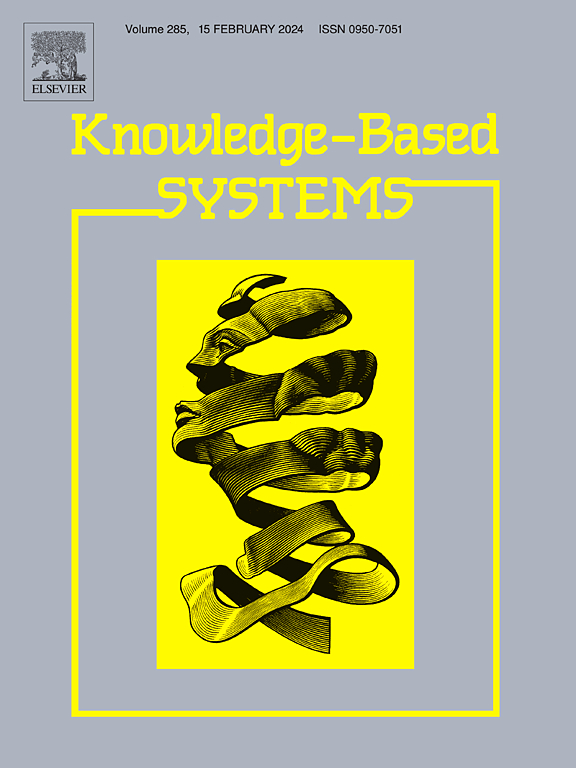基于时空融合特征的肢体表情情感识别框架
IF 7.2
1区 计算机科学
Q1 COMPUTER SCIENCE, ARTIFICIAL INTELLIGENCE
引用次数: 0
摘要
肢体表情情感识别技术能让机器从人类动作中解读出非语言情感信号,这对于促进自然而富有共鸣的人机交互(HCI)至关重要。本研究提出了一种新的肢体动作情感识别框架,为解码情感与肢体表情之间的时空映射提供了一种通用而有效的解决方案。与之前的研究相比,我们的方法通过构建肢体表情能量模型(BEEM)和多输入对称正定矩阵网络(MSPDnet)来提取可解释的时空特征。其中,从 BEEM 提取的时间特征揭示了不同情绪下肢体表情的能量分布、动态复杂性和频率活动,而通过 MSPDnet 获得的空间特征则捕捉了肢体关节之间的空间黎曼特性。此外,本文还介绍了一种注意力时空特征融合(ATSFF)算法,可自适应性地融合不同语义和尺度的时空特征,从而显著提高融合特征的可辨别性和可泛化性。所提出的方法在四个公共数据集上的识别准确率超过了 90%,优于大多数最先进的方法。本文章由计算机程序翻译,如有差异,请以英文原文为准。
Affective body expression recognition framework based on temporal and spatial fusion features
Affective body expression recognition technology enables machines to interpret non-verbal emotional signals from human movements, which is crucial for facilitating natural and empathetic human–machine interaction (HCI). This work proposes a new framework for emotion recognition from body movements, providing a universal and effective solution for decoding the temporal–spatial mapping between emotions and body expressions. Compared with previous studies, our approach extracted interpretable temporal and spatial features by constructing a body expression energy model (BEEM) and a multi-input symmetric positive definite matrix network (MSPDnet). In particular, the temporal features extracted from the BEEM reveal the energy distribution, dynamical complexity, and frequency activity of the body expression under different emotions, while the spatial features obtained by MSPDnet capture the spatial Riemannian properties between body joints. Furthermore, this paper introduces an attentional temporal–spatial feature fusion (ATSFF) algorithm to adaptively fuse temporal and spatial features with different semantics and scales, significantly improving the discriminability and generalizability of the fused features. The proposed method achieves recognition accuracies over 90% across four public datasets, outperforming most state-of-the-art approaches.
求助全文
通过发布文献求助,成功后即可免费获取论文全文。
去求助
来源期刊

Knowledge-Based Systems
工程技术-计算机:人工智能
CiteScore
14.80
自引率
12.50%
发文量
1245
审稿时长
7.8 months
期刊介绍:
Knowledge-Based Systems, an international and interdisciplinary journal in artificial intelligence, publishes original, innovative, and creative research results in the field. It focuses on knowledge-based and other artificial intelligence techniques-based systems. The journal aims to support human prediction and decision-making through data science and computation techniques, provide a balanced coverage of theory and practical study, and encourage the development and implementation of knowledge-based intelligence models, methods, systems, and software tools. Applications in business, government, education, engineering, and healthcare are emphasized.
 求助内容:
求助内容: 应助结果提醒方式:
应助结果提醒方式:


